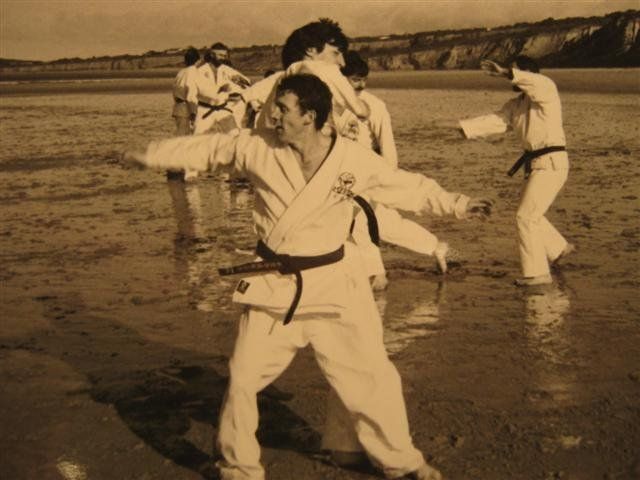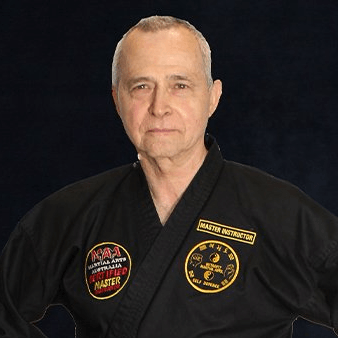Bac Fu Do Kung Fu
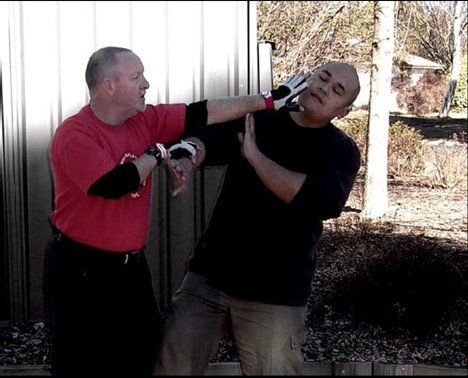
David commenced training in the Martial Arts in 1963, soon after I’d been mugged by a group of guys at Glenelg in Adelaide. His Father was a bantamweight boxing champion of the British Army and also trained in Judo, so this gave David a great start in realistic combat. He was introduced to Kung Fu in the late 60s and was exposed to Choy Lay Fut, Northern Shaolin, Monkey Boxing, Hung Gar styles. Eventually after decades of training he formed his own style called Bac Fu Do.
As Bac Fu Do evolved over a period of years, David incorporated whatever was needed to make his system as a complete martial art’s style. Periodically he copped flak from the traditionalists, who wanted to preserve techniques that were handed down by Master X in 1642 – and which he thought of as being drastically out of step with a modern combat environment.
I like to teach conceptually. By that, I mean if I teach you a “technique” in isolation it mightn’t integrate into your consciousness or be very limited in application - but if I teach you a flexible concept it can be applied flexibly across a whole range of situations.
For example, a really big attacker is powering in towards you – GET OUT OF THE WAY! Don’t worry about whether you’re going to do a perfect cross body block combined with a stylish pirouette – JUST MOVE OFF LINE!
If you move off line, you don’t get immediately splattered and you have breathing space and a tactical/positional advantage.
The next concept is to take advantage of your tactical advantage and START HITTING HIM!
So, Bac Fu Do has some core concepts that I hope will continue to evolve (if you practice other styles, look at them and ask yourself whether they are mirrored in your style’s concepts) – or whether they might be of any use whatsoever to you.
Please remember that these are supposed to be flexible concepts – NOT something that you adopt slavishly:
- Directness – Basically, I like to put my closest weapon into my opponent’s closest target (when your hand is close to someone’s head and an eye is 10 centimetres away, why try to bring a kick all the way up from the floor?).
- 3 Levels, 4 Gates, 5 Angles – in defence, we need to be adept at covering the 3 levels of our body and the four quadrants from which attacks might come. In offence, we need to be adept at penetrating to the 3 levels and 4 quadrants, using our 5 basic angles of entry (up, down, straight, backhand, forehand).
- Relaxation, Spontaneity and Explosiveness – relaxation breeds spontaneity (the ability to react effortlessly and appropriately to a given set of circumstances) and explosiveness (the ability to deliver overwhelming kinetic energy into an opponent’s weak areas). I’ll go into this in a lot more detail under “Power Development”. Conversely, a tense mind translates into a tense body - which translates into slower and less explosive technique - which means that your moves become more predictable and obvious and the other bloke may have time to avoid them and may even survive one of your strikes.
- Fluidity and Continuity – powerful technique is great but, if your individual moves aren’t delivered seamlessly, there will be gaps between them that an opponent can capitalise on.
- Adaptability – combat is chaotic and we need to prepare ourselves to adapt to rapid changes in circumstance.
- Simultaneity – “one, two” moves (block, then strike) are generally less effective than simultaneous deflections and counters – in the latter, you are hitting the opponent on your first move and he has less chance to react.
- Rhythm Change – do NOT get into the trap of maintaining a constant or even rhythm, change it constantly or your opponent will use your own rhythm to beat you. The superior fighter will soon impose his own rhythm on the fight – then you’re fighting his fight not your fight!
- Use of Angulation, Oblique and Circular tactics – more of this in “Linking Combinations” and “Mobility and Footwork” but, essentially, use whatever approach is most appropriate. Don’t just assume that because a straight line between two points is shorter than a curved line, it is most effective – efficiency and effectiveness aren’t always the same.
- Distancing (Primary, Secondary and Tertiary) – use techniques that are appropriate to the distance between you and your opponent (don’t lunge forward to put in an elbow attack when you’re within punching or even kicking range).
- Vital Target points – ALWAYS target the weak points in the opponent’s body. This is one of my few skills and I’ll be writing a longer treatise on vital points, neural networks, acupuncture meridians and the “mysterious power of Chi” – possibly.
I think that many people could look at those concepts and readily adapt them to their own style – after all, I have to thank other people for putting up with me and passing some of them on.
I firmly believe that to practice something in exactly the same way it was taught in 1642 is an enormous disrespect to the person who first developed it – who was probably considered a radical thinker in his or her day. During our martial arts careers, if we can’t add to the overall sum of human knowledge, we should have stayed in bed. Hopefully, I’ll keep on learning, evolving and sharing knowledge for a few years longer.
You might also like
Interactive Martial Arts Magazine
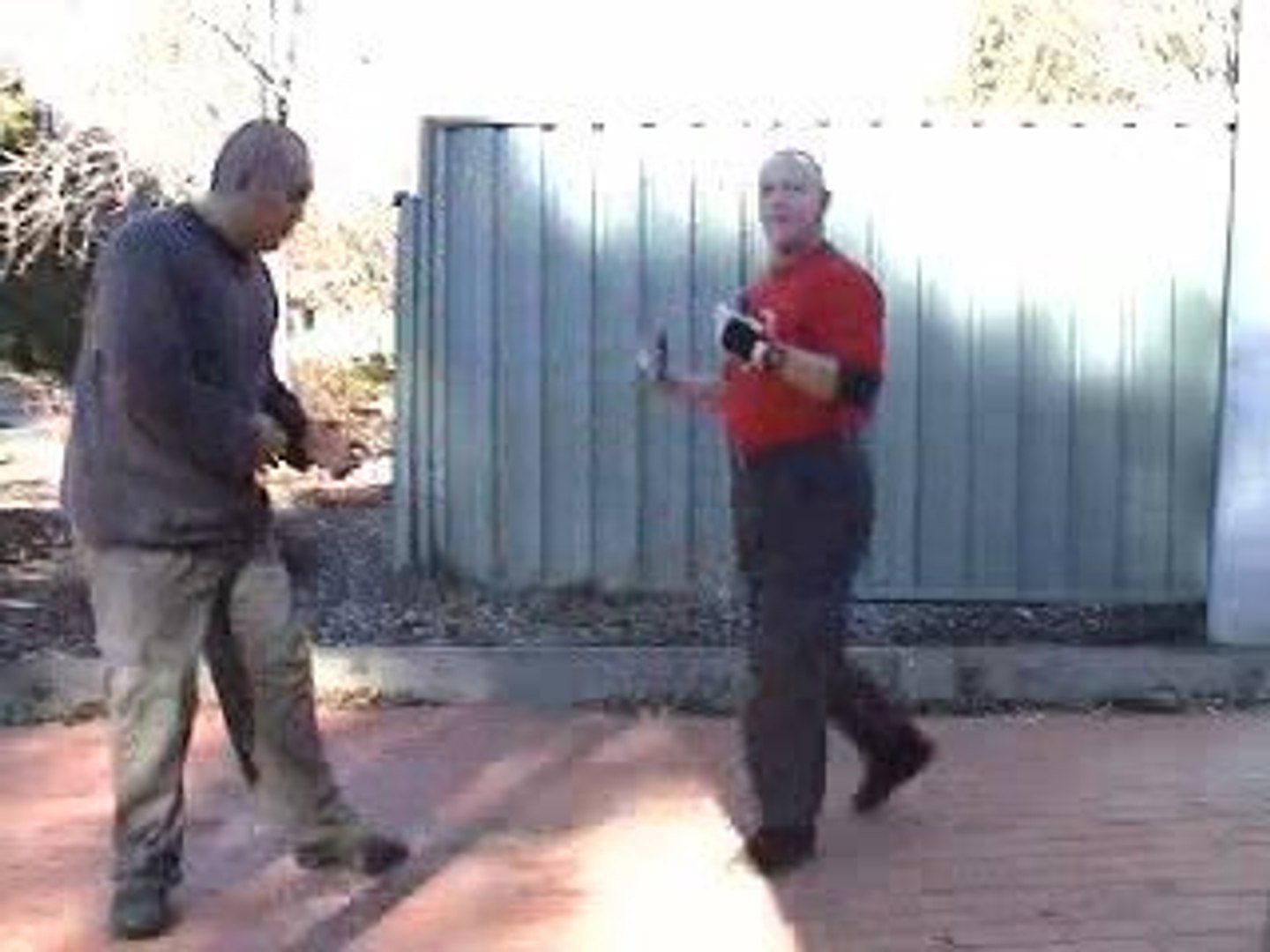

Book a Service Today
We will get back to you as soon as possible
Please try again later
Most Recent Blog Posts - See Archived Articles
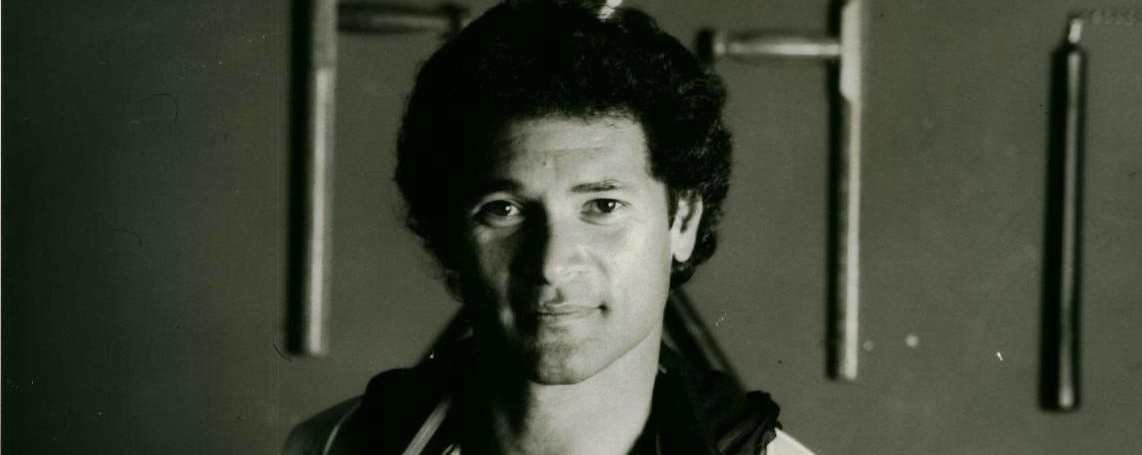
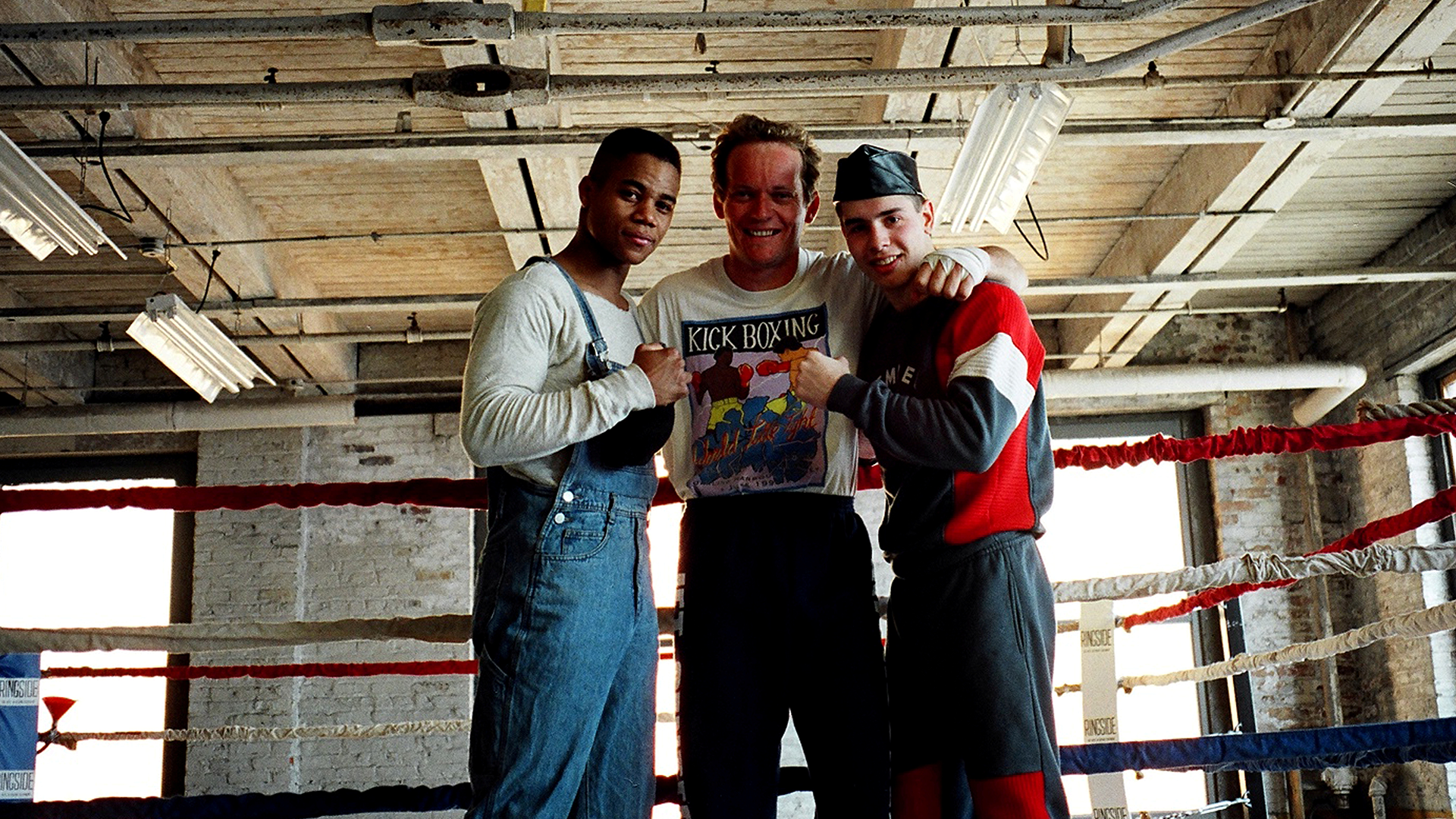

Interactive & Print Martial Arts Magazine for Fans, Promoters, Instructors & Club Owners
Need Martial Arts Business Insurance?
Check out our two preferred providers.
Navigation
Services
All Rights Reserved | Interactive Martial Arts
